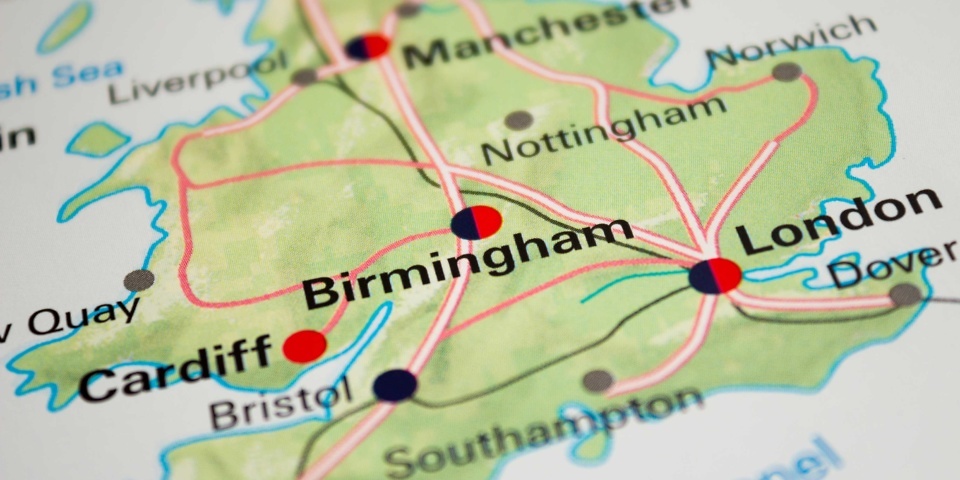Does your area have the UK’s slowest broadband speeds?

Tunbridge Wells, Stroud Canterbury and portions of central London are among the areas that are experiencing some of the slowest broadband speeds in the UK, according to Which?’s new analysis of customers’ broadband experiences.
The consumer advocate found that while rural areas in the country still have the slowest average broadband speeds, several local authority areas in the nation’s capital and other urban locations also are experiencing very slow connection speeds. The areas with the overall slowest speeds included portions of the Lake District, Wales and Scotland.
Areas with the slowest broadband speeds
Which? analysed more than 277,000 tests of broadband speeds during the 12 months to 30th September 2018. It found that Orkney, the Shetland Islands, Moray, Ceredigion, Argyll and Bute, and Allerdale were the local authority areas with the slowest broadband speeds. The average speeds in Argyll and Bute, Ceredigion and Moray were about 7Mbps, while speeds in Orkney averaged only 3Mbps.
Slow Internet connection speeds in these areas could make it difficult for some broadband users to conduct online banking activities or use online streaming services such as BBC iPlayer and Netflix. Depending on the quality of the streaming, the streaming speed for iPlayer programmes ranges from 1.5Mbps to 5Mbps. SD-quality streaming on Netflix has a recommended minimum speed of 3Mbps, while the recommended minimum speed for HD programmes is 5Mbps.
Which? also found that Westminster, Tunbridge Wells, Tower Hamlets, Stroud, North East Derbyshire and Canterbury all had below-average broadband performance, with average speeds ranging from 10Mbps to 12Mbps. By comparison, Coventry was in the mid-range of broadband performance, with an average speed of 16.3Mbps.
Areas with the fastest broadband speeds
The local authority area that had the fastest broadband speed was the Broxbourne borough of Hertfordshire. It had an average broadband speed of 32.5Mbps, which is categorised as superfast by both Ofcom (over 30Mbps) and the UK Government (over 24Mbps).
Which? noted that other areas with fast broadband speeds included West Dunbartonshire in Scotland, Watford, Rushmore, Nottingham, Newark and Sherwood, Crawley, and Cambridge, which all experienced average broadband speeds ranging from 27Mbps to 32Mbps.
By comparison, the borough of Harrow had the fasted broadband speed in London at 26Mbps. Barking and Dagenham ranked second at 25.7Mbps, while Greenwich ranked third at 23.6Mbps.
Future broadband prospects
For most people, access to broadband has become essential, and a slow connection can be detrimental to the ability to access mobile banking and investment services and take advantage of less expensive online deals for many essential services, including energy.
The UK Government has promised to ensure that all broadband users throughout the country have access to a minimum connection speed of 10Mbps. However, the data compiled by Which? showed that people living in 15 local authority area were currently not receiving service that meets that standard.
Scotland and Wales are currently implementing plans to improve broadband speeds. Wales hopes to provide “nearly every property” with connection speeds of 30Mbps or more by next year, while Scotland plans to provide 30Mbps broadband to every home by 2021.
